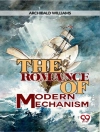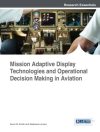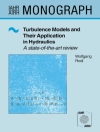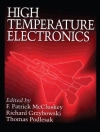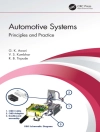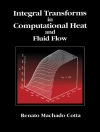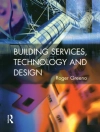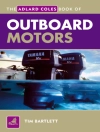This second edition delves into surface topography, exploring its impact on the functionality of various components. Beginning with an introduction to surface topography in Chapter 1, the subsequent chapters delve into the areal field parameters, feature parameters, filtering methods, and form removal techniques, leading into more specialized topics such as fractal-related multiscale geometric characterization and deep learning-based quantification of surface texture. With a focus on characterizing measurement data to glean functional insights, the book presents a comprehensive framework adopted by the international community. Through a diverse array of case studies spanning automotive applications, road surface engineering, additive manufacturing, and precision machining, readers are offered a holistic understanding of how areal techniques are pivotal in modern manufacturing industries. This edition builds upon the foundation laid by its predecessor, integrating evolving standards and additional case studies to provide an updated and comprehensive resource for modern surface engineering.
Spis treści
Chapter 1. Introduction to surface topography.- Chapter 2. The areal field parameters.- Chapter 3. The areal feature parameters.- Chapter 4. Areal filtering methods.- Chapter 5. Areal form removal.- Chapter 6. Fractal-related multiscale geometric characterisation of topographies.- Chapter 7. Feature-based characterisation of areal surface topography.- Chapter 8. Quantifying surface texture with deep learning on laser treated surfaces.- Chapter 9. In-process automated areal surface measurement.- Chapter 10. The relationship between friction and the areal texture of aggregate particles used in the road surface course.- Chapter 11. Automotive applications – cylinder liners and tool steel polishing for injection moulding of plastic parts.- Chapter 12. Metal powder bed fusion additive manufacturing.- Chapter 13. Inspection of laser structured cams and conrods.
O autorze
Richard Leach is a Professor in Metrology at the University of Nottingham; prior to this, he spent 25 years at the National Physical Laboratory. Richard is currently an ERC Advanced Grant awardee and is recognised worldwide by his research into surface topography measurement, particularly in the area of traceability for areal surface texture, including optical instruments. Along with research into surface-function relationships and many other areas of general dimensional metrology, his research has made a major contribution to the use of surface topography engineering and control in a wide range of industrial applications including advanced manufacturing, tribology, aerodynamics and even archaeology. One of his major contributions was the establishment of traceability for areal instrumentation, including primary instrumentation, transfer artefacts and good practice guidance. This work has led to ISO standards based on his research outputs whilst at the National Physical Laboratory. He has also contributed to a theoretical framework that can be used to predict the interaction of light with a surface and hence, to design, calibrate and correct 3D optical instruments. Complementing these advances in science, he has been prominent in precision engineering, with major industry collaborations involving advanced product manufacture and the recent production of an undergraduate textbook. In 2018, Richard formed a spin-out company, Taraz Metrology, to commercially exploit information-rich metrology, mainly in the additive manufacturing sector. In 2019, Richard was awarded the Finkelstein metal by the Institute of Measurement and Control, for notable contributions to measurement internationally.


